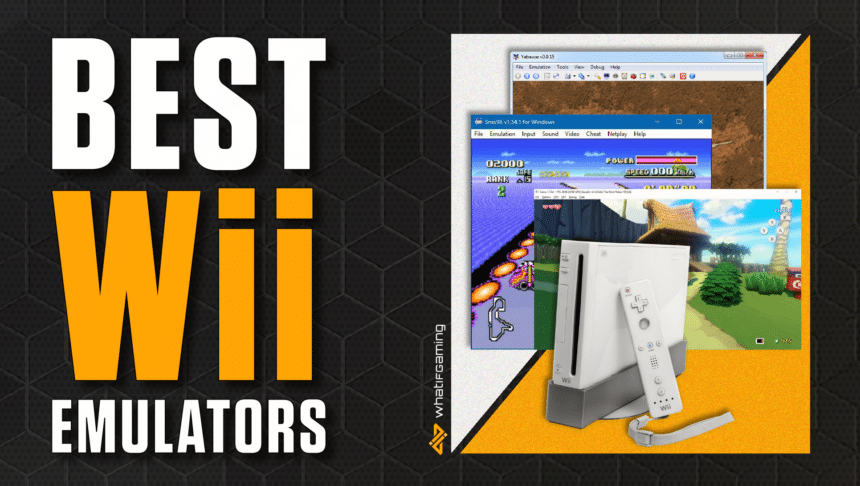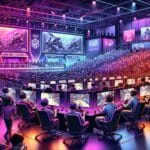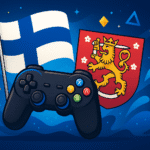Nintendo has made a couple of interesting consoles, to say the least, in the past 40 years. One of those consoles is the Nintendo Wii, coming up with an interesting way to control the device and interact with it. Wii has many interesting titles that we would love to play in a more modern setting. That is possible with the best Wii emulator.
Wii emulation is good enough that most titles can be played without issues. That is mostly because of a single project, sometimes controversial, but otherwise a software marvel, Dolphin.
Dolphin started off as a GameCube emulator. Wii emulation wasn’t even planned at first. However, what saved Wii emulation was the hardware choices that Nintendo made. Both consoles use a PowerPC CPU and an ATI graphics solution.
They are different devices with different specifications but operate in a similar fashion to render the games. The Wii has more features that require their own coding if they are to be emulated but the general approach is so similar that Dolphin developers were able to emulate both the Wii and the GameCube.
Dolphin covers Windows, Linux, and macOS and is even available on mobile devices as a libretro core. With sufficient power, you could run Wii games on Android and iOS devices. It is a very easy emulator to use, requiring nothing but loading the dumped game files. Setting up peripherals is easier than with most other emulators.
The UI is also intuitive, which cannot be said for most emulators. Dolphin has unofficial forks, such as DolphiniOS, an iOS fork.
Ishiiruka-Dolphin

Emulating: GameCube, Wii
Platform: Windows, Linux, macOS, Android
Download Ishiiruka-Dolphin
Given what Dolphin has done for GameCube and Wii emulation, it can be considered the best Wii emulator. But, it might not do everything right, and those with low-end hardware will struggle to run games at a decent framerate.
Ishiiruka-Dolphin is a fork of Dolphin that focuses on speed. In emulation speed comes at the cost of accuracy, and thus stability. This version of Dolphin lowers the system requirements to a CPU not older than 2008, or rather, one that supports SSE2. The graphics card should support DirectX 11. That should cover most modern, low, mid, or high-end devices.
This emulator implements solutions that circumvent one having a slow machine, solutions that fix potential audio issues, as well as rendering. DirectX 9 rendering is available for those with really old graphics cards.
It works on Windows, Linux, macOS, and Android. BSD variations might work, but they are unstable most of the time. It is a good alternative if you are running low on computational power.
Libretro is a very interesting project that enables emulator developers to build cores, which can be used by a single solution to emulate multiple systems. RetroArch is that solution, or rather a frontend for users to easily emulate multiple systems, anything from the Sega Dreamcast, to the Sony PlayStation. Nintendo Wii is available as a core, built by the developers of the best Wii emulator, Dolphin.
In this case, the Dolphin core enables users to run Wii games on other devices, notably mobile devices and even some consoles, where the core is available. Not all cores are available on all devices, for example, you cannot expect to run PS3 games on PS2.
Desktop, mobile and modern console users can use RetroArch to play Wii games. Its modern interface, customization, documentation, and support, make it a great choice for a multi-system solution. It can sort your games per emulated device or any other filter you want it to. A nicely organized library of games is a rare feature that better emulators implement.
Wii Emulation and Performance Expectations

Dolphin has relatively tame system requirements compared to some emulators. A CPU with a high IPC is the only thing that will make a difference. The GameCube and Wii use a single core to do most of their work. A quad-core CPU is recommended, but only because the extra cores will keep other tasks away from the one core that works on emulation.
The graphics cards should support at least DirectX 11.1 or OpenGL 4.4. The corresponding features should be installed on the system. These are used to reduce speed penalties. The consoles render graphics differently than PC graphics cards do.
The Ishiiruka-Dolphin reduces those requirements to a DirectX 10 and OpenGL 3.0 card. Either way, it is always good to have enough performance overhead to avoid slowing down.
Things will get strange on Android and iOS devices. The minimum requirements are Android 5.0 and an x64 ARM CPU. Depending on the device and its power, some games will run better than others. Flagship and mid-range devices should not have any issues.
Running a Wii Game on Dolphin

Dolphin is not picky about firmware or BIOS files. It asks you to load a file and you simply point it in the direction of the appropriately packed game. Games have to be dumped from their physical copies in order to be able to legally play them. Though, Nintendo is very prickly about anyone playing their games on anything but their consoles.
With that of the way, just run a compatible archive containing the game and you should be good. Emulation is often perfect, though you might want to check the compatibility list in order to be sure. Tested on an AMD 5800X CPU and a 6900XT graphics card, the fans of the graphics card didn’t even spin, meaning that everything was running without using too much power.
Conclusion
The Nintendo Wii has been successfully emulated, and it is mostly due to the work of the Dolphin team. They created the best Wii emulator, which can run games on desktop and mobile devices. There are Dolphin forks that aim to either improve performance or bring the emulator to systems that are yet to be officially supported, such as iOS.
Using RetroArch, you can play Wii games on other devices, consoles even. RetroArch uses the Dolphin core, so it all comes down to which version of Dolphin you want to use and what hardware you are running. You can turn almost anything into a Nintendo Wii emulator if the Dolphin core is supported.












